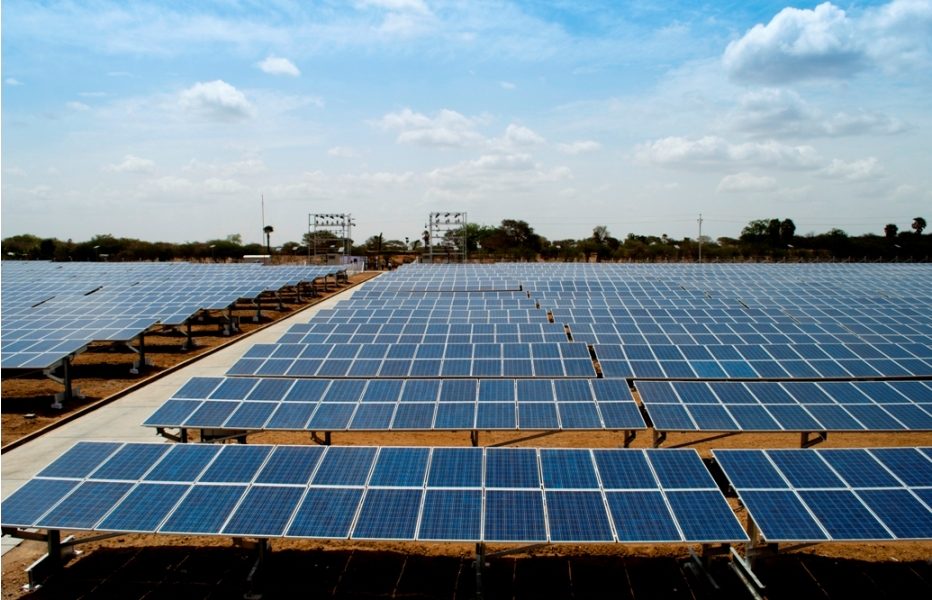With Energy Efficiency Day on October 7 round the corner, All India Solar Industries Association (AISIA) lays emphasis on the transformational benefits that renewable energy can bring about in the country.
With an appeal to the Government of India to help the solar sector reimagine the country as a power surplus one, it encourages citizens to pledge to solar adoption, one of the most viable options which can also tremendously impact in the management of the carbon footprint of the environment.
Our nation is still a power deficit country with innumerable villages yet to receive basic electricity. According to reports, Central Electricity Authority reported that in April 2019, the peak power demand in rural India was 177,424 MW and power supplied was 176,810 at a peak deficit of 613 MW. This demand-supply gap denotes the inability of the power generation companies to reach every corner of the country. Hence, solar!
Solar power installations in rural areas can propel the following:
- Basic electricity in households and streetlights
- Solar Water Pumps for agricultural purposes at a much cheaper cost
- Cold storage of food/ crops
While villages in India are in dire need of electricity, urban India which has been reeling under pollution must also adopt eco-friendly sources of energy like the Sun to reduce the ever increasing carbon footprint in the country. With the pandemic hitting the economy and electricity bills sky-rocketing, transitioning to solar power will be favourable for India Inc. and also residential housing societies. It can be said that companies which had already adopted renewable energy were protected from the worst impact of the pandemic thus saving them from business and cost disruptions. In addition to businesses and residentials, solar can also be a viable option for healthcare facilities which have been constantly on heavy demand for electricity due to the pandemic, and hotels, many of which have been also converted into quarantine centers.
Additionally, with solar tariffs declining at 5 to 10% due to technological developments, it is becoming a strong alternative for fossil fuel. Also, solar power can significantly contribute to the rise of India’s GDP due to the massive cost savings incurred from it. The Energy Efficiency Council, the Indian Green Building Council, GreenCo, GreenPro, Renewable Energy and other initiatives by CII-Godrej GBC have led to annual recurring savings of 9 billion kwh of electricity, 15.5 million tonnes of GHG emissions reduction, and monetary savings of $3 billion.
With the Covid-19 pandemic teaching everyone the importance of cost saving, it is high time that businesses as well as residential units integrate solar in their day to day operations for high levels of energy efficiency.
The need for cost effective sources of energy to augur growth in the country is higher than ever before. Not just that, the increased solar power installations will also maximize demand for solar modules. With tensions around China and scepticism around Chinese products, this can be the perfect opportunity for the Indian solar module manufacturers to showcase their products which are at par with their foreign counterparts and emerge as a strategic sector in times to come.
However, this can only be possible if the government implements the necessary policies to boost the domestic solar manufacturing sector and encourages everyone to switch to locally produced modules thus creating a level playing field for the local players in the sector. This will also contribute to the country’s GDP which has been spiralling downwards and also be in line with the Prime Minister’s vision of making India Atma Nirbhar.
Source: Press release from AISIA.
(Featured photograph is for illustration only)



